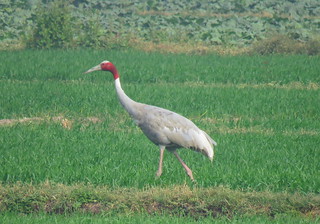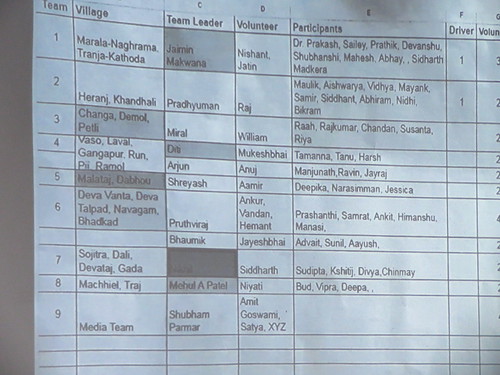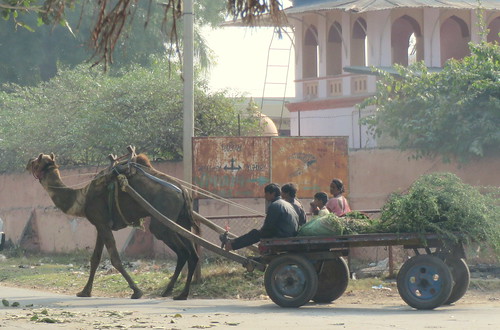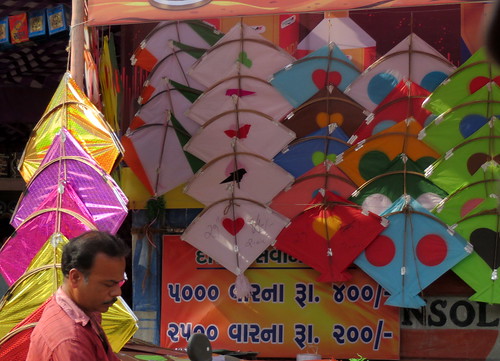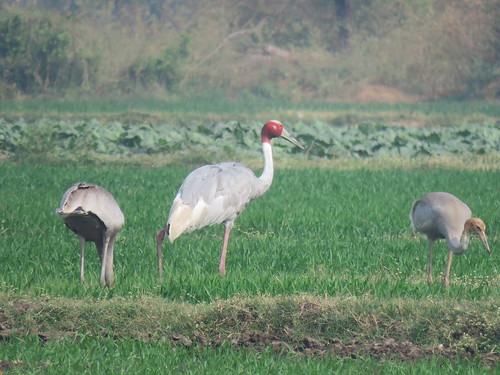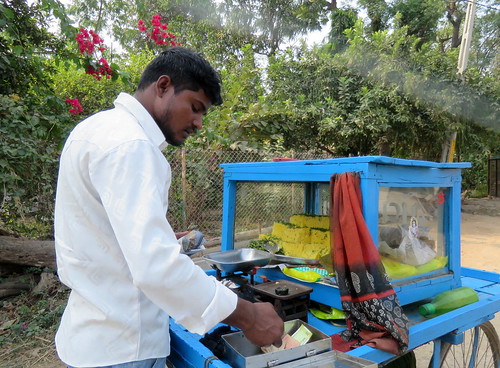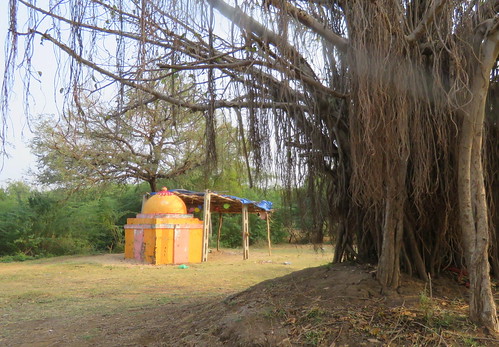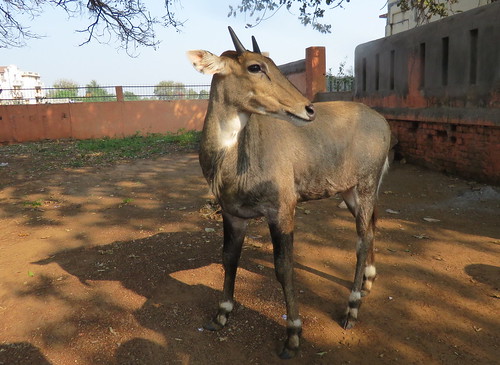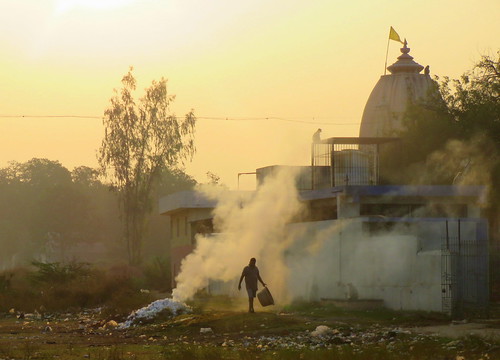As I got it, spelling mistakes and all.
DEGREE COFFEE
Dear friends
Today while taking the morning coffee my thinking went about the
Kumbakonam degree coffee and about the degree associated. “Degree
coffee” is the certificate awarded to high standard of Kumbakonam
filer coffee.
Just because a coffee is prepared with Kumbakonam coffee powder, it
need not be the degree coffee. It has to be brewed in the special
manner, the method first started in Kumbakonam. We get Kumbakonam
degree coffee in a shop at Usman Road, T Nagar. We have to ask for it.
I had read elsewhere recently that the addition “degree” to the
Kumbakonam coffee was not only with the type of coffee seeds and
method of preparation, but also or more based on the DEGREE OF MILK.
I surfed for the details of Kumbakonam degree coffee. Today I thought
I will write about coffee.
1. Offering coffee
Coffee is something of a cultural icon in Kerala, Andhra, Karnataka
and Tamil Nadu today among all religions. It is customary to offer a
cup of coffee to any visitor.
2. Coffee brief history
Coffee was originally introduced by Baba Budan to South India in 17th
century and became very popular under the British Rule.
Until the middle of the 20th century traditional households would not
use granulated sugar but used jaggery or honey, instead in coffee.
3. Karupetti coffee and chakkara coffee
During my boyhood days we used to get what is called KARUPETTI to the
size of half the coconut and prepared in coconut shell using
PANAVELLAM. Chakkara coffee was the one using jagerry from sugarcane.
My father used to make a provision for karupetti- 4 numbers in the
provision list on those days. One by one karupetti will be broken to
bigger pieces and kept in tin for daily use near Kitchen Almirah
Now also in Chennai we get panam karupetti but very smaller but oval
in shape probably using bottom alone of the coconut shell. This is
sold mostly by street vendors near railway station like Tambaram,
Mambalam etc. It is sold in shops selling pooja items also. There one
can get it all the time.
Chukku coffee adding dry ginger, kurumulaku coffee adding pepper
powder is still common. These coffee use coffee powder, hot water and
either dried ginger or powdered pepper. While we are having cough,
kurumulaku coffee is felt very effective (even better than cough
syrups some times- The opinion could differ between persons)
4. Coffee powder.
On my boyhood days we used to get local coffee powder in tins and
brook bond in packets. The addition of chicory or anything about
chicory was never thought.
The sales man will pack ¼ kg or ½ kg in news paper from big tins and
in reaching home it was put in our small tin.
5. Coffee preparation
After well boiling about a litre of water in a copper pot, coffee
powder was added about three or four spoons. It was closed with a lid
for about five minutes.
Coffee water will be there at top, the sediments will remain at
bottom. The water at top was taken to other vessels with out stirring.
The sediments were some times used again pouring boiled water for 2nd
coffee. It had lesser taste comparing to first one.
Even now this method is followed in tea shops. In the sabarimala route
chukku coffee is served in this method getting coffee water.
In due course instead of karupetti we started using sugar. Probably
Karupetti would have come to the same price of sugar or its non
availability.
Filter coffee was something not much known in our houses in central
Kerala and coffee powder was something readily available in provision
shops till early 1955’s.
6. Coffee powder shops.
By 1955’s coffee powder shops started to appear in towns. Here
grinding machine was there, different type of coffee powders and still
nothing like FILTER TYPE GRINDING. The shop people will fry different
types of seeds to certain kilos, grind and keep ready in tins. It will
be packed in front of us by weighing.
7. Special grinding
Appearance of filter and special grinding started by 1960’s. The shop
people started asking whether for filter use. A coarse type grinding
was started for filter. Mostly it was Brahmins started using filter
coffee.
Having a coffee filter and consuming filter coffee was considered an
ELEVATED STATUS even among Brahmins.
8. Poti kappiyo filtero( Whether normal coffee or filter coffee?)
The Brahmin hotels started asking about the coffee type to the
customers. Filter consumed time, more powder of quality. Hence
charging was some 50% more than powder coffee.
9 . More on Kumbakonam coffee
Kumbakonam Degree Coffee is a coffee beverage associated with the town
of Kumbakonam, India. Its specialty is the usage of PURE COW’S MILK
WITHOUT ANY ADULTERANTS AND CHICORY.
South Indian Kumbakonam Filter Coffee, also known as Filter Coffee is
a sweet milky coffee made from dark roasted coffee beans (70%-80%) and
chicory (20%-30%), especially popular in the southern states of Tamil
Nadu, Karnataka & Andhra Pradesh.
The most commonly used coffee beans are Arabica and Robusta grown in
the hills of Tamil Nadu (Nilgiris District, Yercaud and Kodaikanal),
Karnataka (Kodagu, Chikkamagaluru and Hassan), and Kerala (Malabar
region).
Outside India, a coffee drink prepared using a filter may be known as
DRIP COFFEE as the water passes through the grounds solely by gravity
and not under pressure or in longer-term contact.
The upper cup of the filter is loaded with fresh ground coffee mixed
with chicory (~2 tablespoons of mixture per serving). The grounds are
gently compressed with the stemmed disc into a uniform layer across
the cup’s pierced bottom. With the press disc left in place, the upper
cup is nested into the top of the tumbler and boiling water is poured
inside. The lid is placed on top, and the device is left to slowly
drip the brewed coffee into the bottom. The chicory sort of holds on
to the hot water a little longer, lets the water extract more flavour
from the coffee powder. The brew is generally stronger than western
“drip style” coffee.
The resulting brew is very potent, and is traditionally consumed by
adding 1–2 tablespoons to a cup of boiling milk with the preferred
amount of sugar.
The coffee is served in tumbler with a dabarah – Coffee is typically
served after pouring back and forth between the dabarah and the
tumbler in huge arc-like motions of the hand.
This serves several purposes: mixing the ingredients (including sugar)
thoroughly; cooling the hot coffee down to a sipping temperature; and
most importantly, aerating the mix without introducing extra water
An anecdote related to the distance between the pouring and receiving
cup leads to the coffee’s another name “METER COFFEE”.
10. Degree coffee
A term often heard for high-quality coffee is Filter coffee. Milk
certified as pure with a lactometer was called degree milk owing to a
mistaken association with the thermometer. Coffee prepared with degree
milk became known as degree coffee.
Another explanation for Filter coffee is that chicory beans were used
to make the coffee finally became degree.
Yet another explanation is that, when coffee is decocted for the first
time, it is called as the first degree or simply as the “Degree
Coffee”. This has the strongest flavour and the necessary strength to
mix with milk without watering down the taste.
In less affluent households, in earlier days, coffee was decocted for
a second or third time from the same initial load; this became the
second degree coffee and naturally, is not as strong. Affluent
households drank first degree or the famous “Degree Coffee” only.
11. Nescafe and Bru.
By early 1970’s instant coffee appear. It had more welcoming though
cost was more. For sudden coffee preparation these instants help. By
seeing the flavour many confuse also with filter coffee. Today all
houses will have a packet of instant coffee
12. Coffee powder shops.
Today coffee powder shops different qualities like pebery, plantation,
robusto, and home mix ready roasted. Grinding is always to filter
standard. At one time roasting was done while one asked for coffee
powder. Now roasted and kept. The hot grinded coffee powder is
purchased
13. Decoction.
Now having refrigerator in all houses, coffee decoction is prepared
for 2-3 days requirement in medium filters and kept in closed
containers in fridge. Every morning and evening, what is required is
taken from the container.
However freshly prepared decoction has more flavour. Second decoction
and all are things of past.
14. Brook bond coffee powder
There are many who use the packed coffee powder in filter of the
companies and make filter coffee rather than using powder from shops.
I think the companies too now a grind to filter stage and not very
nice.
While in Trivandrum having no coffee powder shops near, my wife was
using the packed powder in filter for coffee.
Writer- R. Gopala Krishnan, 69, retired AGM Telecom, Trivandrum now at Chennai.

